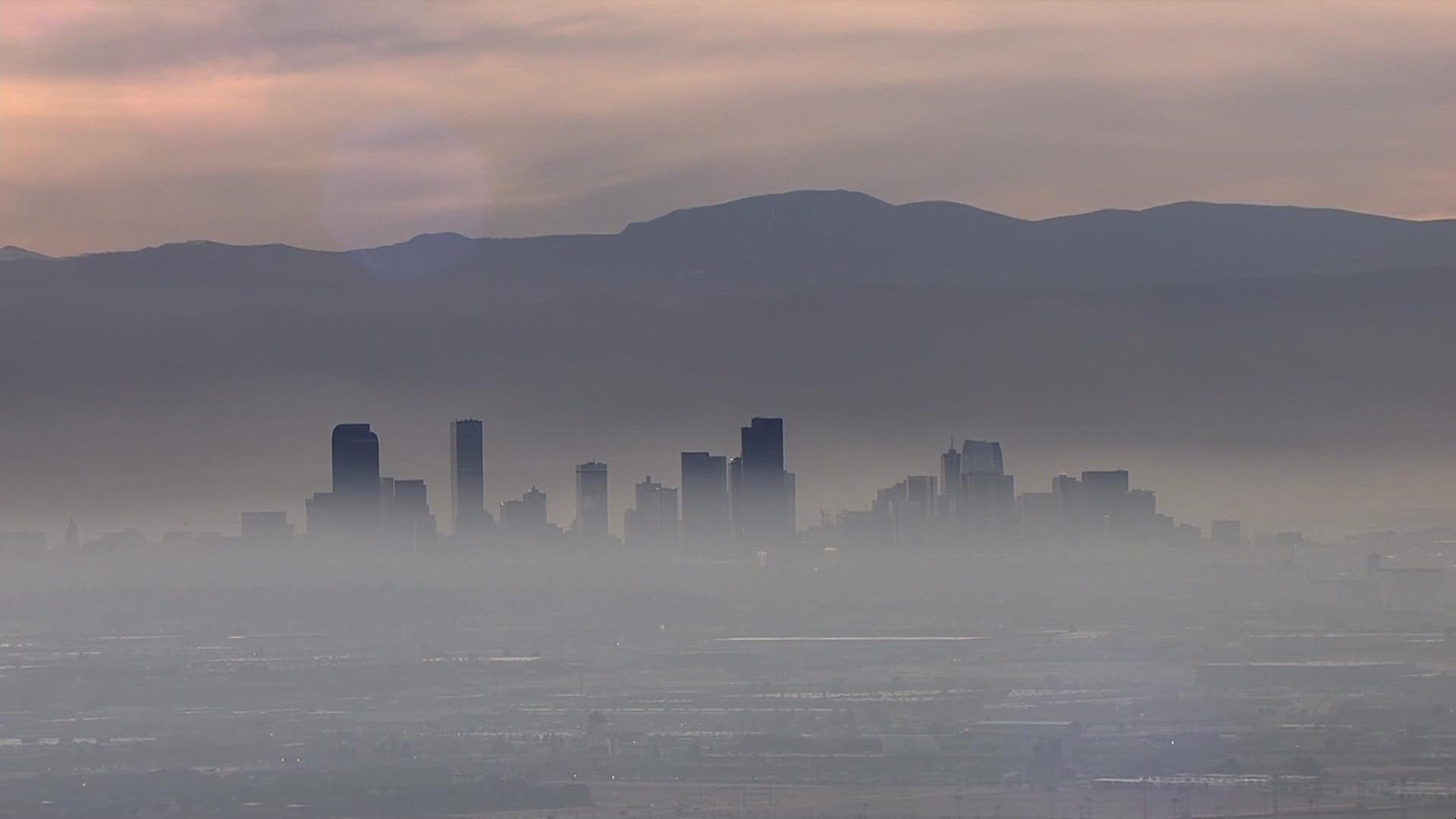BOULDER, Colo. — The gas molecule ozone is harmful for humans to breathe. It can be found in pollution, like the brown cloud that often covers the Front Range in the summer.
But when ozone is high in the atmosphere, away from our lungs, it can actually help us. And there is a layer of ozone about 10 to 15 miles up into the stratosphere.
“And that layer is critical for life on Earth as we know it, to exist today,” said Steve Montzka, an atmospheric chemist with the National Oceanic and Atmospheric Administration (NOAA). "It filters out the high energy ultraviolet rays from the sun, that if they made it to Earth, they would cause all sorts of damage."
Without the ozone layer, he said, humans would suffer far more severe burns and cancers, and most if not all plant life on Earth could die.
In the early 1980s, scientists discovered that the ozone layer was disappearing. World leaders then came together to ban the human-made chlorines and bromines that were causing it.
Now, 34 years after the ban, Montzka said the ozone layer has healed by 50%.
“It’s a milestone for society in its effort to heal the ozone layer, to resolve this global environmental issue,” he said.
Montzka and his team track the progress of ozone layer replenishment at NOAA’s Global Monitoring Laboratory in Boulder. Regular balloon launches, satellites, and ground sensors measure the ozone concentrations across the globe.
They are also a kind of "gas police," looking for traces of the banned substances in the atmosphere. In 2018, they discovered that an ozone-depleting gas known as CFC 11 was being emitted from a region in eastern China.
“So we raised the red flag, saying, 'Goodness, something's happening that we don’t expect,'" he said. "And there was a tremendous response, which is interesting and wonderful to see.”
He said that operation was shut down quickly, which allowed the ozone layer to continue its progress of healing. It's now halfway to recovery, at least over the mid-latitudes where most of the human population resides.
They also monitor the so-called “ozone hole” over the South Pole, which is recovering at a slower rate. NOAA releases an annual update on ozone recovery, and Montzka said it's only 26% recovered.
SUGGESTED VIDEOS: Colorado Climate

